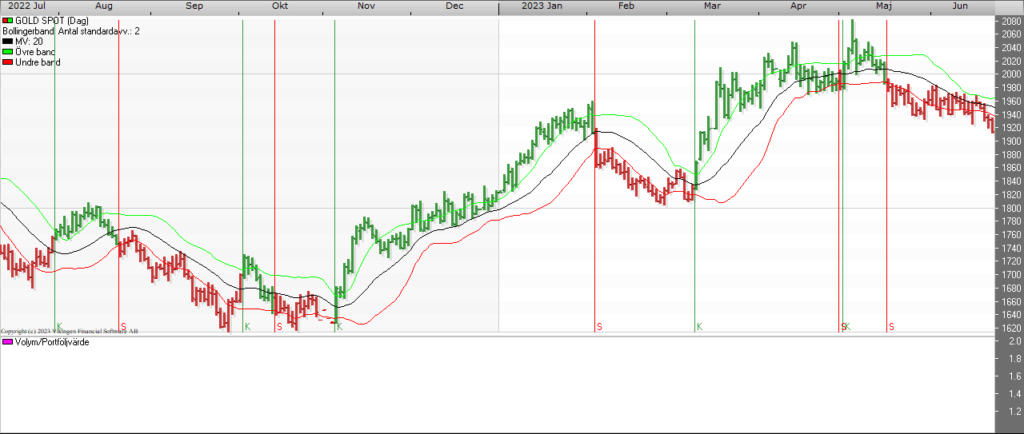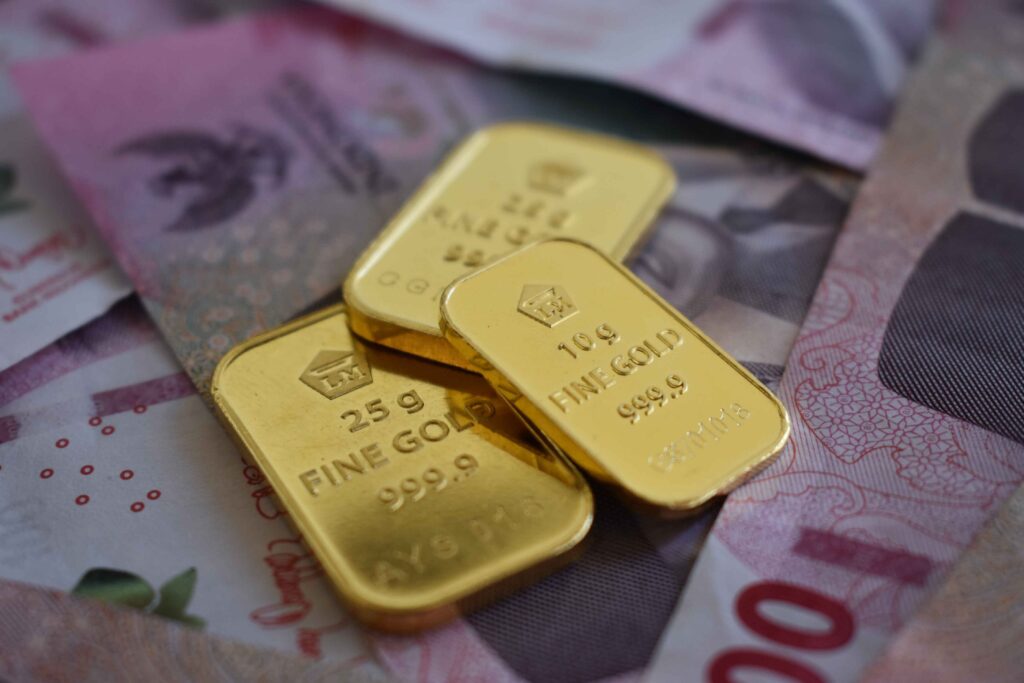Hungary’s central bank buys gold
As much as 35.7 tons of gold are held by central banks in the world as a whole, according to the latest figures from the World Gold Council. This is equivalent to the weight of almost 6000 adult male elephants. Hungary’s central bank has been a major buyer in recent years.
The euro area had almost 11,000 tons of gold reserves in March this year (30% of the world’s gold reserves). While central bank gold reserves declined between 2000 and 2009, while central banks sold their gold reserves, there was a reversal in 2009 (as a result of the global economic and financial crisis). Central banks started buying gold in 2009 and since then the world’s central banks’ gold reserves have been growing steadily.
Hungary’s gold reserves were very low at 3 tons until 2018, when the Hungarian Central Bank (MNB) decided to increase its gold reserves tenfold and then to 94.45 tons at the beginning of 2021.
Gold is primarily a safety net that provides significant insurance in times of crisis or financial distress. Since it is physically present in the central bank’s reserves, it can also be sold, stabilizing the financial system of a country in difficulty. The size of the reserves can also improve (international) investor confidence in the country. Moreover, gold is considered one of the safest and most stable assets, free from credit risk.
The main risk associated with gold is its price, its volatility and the fact that its return can be around zero for many years, due to the cost of storing gold bars. The price of gold soared after the 2008 crisis and we saw the price rise again in 2020. Compared to 2002, the world price of gold is currently seven times higher. In 2020, shortages due to supply-side problems also drove up the price of gold. Gold mining was also hampered by restrictions due to the coronavirus epidemic.
Hungary faced the international crises of the 2020s with significant gold reserves, and the rise in the international gold price after 2020 has also increased the MNB’s gold reserves. After the fall of communism, the MNB’s gold reserves decreased in several steps from 46 tons in 1992 to 3.1 tons in 2010, and remained unchanged until 2018. The MNB first decided to significantly increase gold reserves in 2018, based on long-term national and economic strategic considerations, with the level of gold reserves increasing tenfold (from 3.1 tons to 31.5 tons) in October 2018 and then to 94.5 tons in 2021.
With 94.5 tons of gold reserves, Hungary ranks 38th in the international ranking of countries, according to the World Gold Council. The US has the largest gold reserves in the world (8 133.5 tons), followed by Germany (3 354.9 tons), Italy (2 451.8 tons) and France (2 436.8 tons).
At regional level, Poland (228.7 tons) and Romania (103.6 tons) have larger gold reserves than Hungary, but both are also more populous. It is therefore also worth looking at gold reserves per capita. In this ranking, Hungary is the region’s leader with 9.7 grams per capita, and Hungary is 24th in the world. Globally, Switzerland has the highest gold reserves per capita (119.5 grams per capita).

Source: Vikingen.se
About the Viking
With Viking’s signals, you have a good chance of finding the winners and selling in time. There are many securities. With Viking’s autopilots, price data, tables and stock prices, you can sort out the most interesting ETFs, shares, options, warrants, funds, etc.
Click here to see what Vikingen offers: Detailed comparison – Stock market program for those who want to become even richer (vikingen.se)













